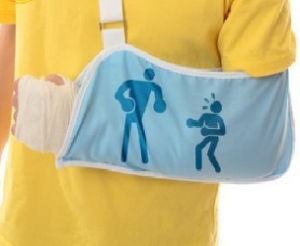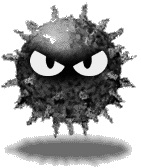Broken arm? No problem! One trip to the hospital, and you’re ready to continue your long healthy life. Maybe not. University of Helsikinki’s very own have reported a strong link between upper limb fracture and increased rate of death.
Just shy of 6,000 people of Finland who sustained bone fractures to their upper extremities were followed for an average of six years between 2002 and 2012. Researchers wanted to find out if those with shoulder, arm, wrist, etc. fractures had an increased risk of death similar to those with hip fractures.
Previous studies have documented that people with one or more hip fractures have nearly a three times higher rate of dying than people of the same age without a hip fracture. The standardized mortality ratio (SMR) was 2.18 for women and 3.17 for men. The SMR is the amount of deaths of a studied population as compared to the general population. An SMR of 1 would mean an equal rate of death in both populations, while an SMR of 2 would mean 100% more cases of death in the studied population.
This study found that 12% of the studied population had died five years after their upper extremity fracture. For individuals between 16 and 59 years old, there were nearly 200% more cases of death for individuals with a bone fracture as compared to those without (SMR: 2.2 for women, 3.0 for men). Individuals 60 years of age and older had an average of 40% more cases of death (SMR: 1.2 for women, 1.6 for men). If the fracture was in the individual’s humerus, the arm bone that extends from shoulder to elbow, mortality was much higher for both sexes of all ages.
Leading causes of death for individuals sustaining upper limb fractures were cardiovascular disease, accidents, and violence. No, this does not mean a broken arm increases risk of heart attack (except in the mother of the son who broke his arm playing street hockey), but concern should be raised after sustaining fracture.
People who break an arm, or sustain similar upper extremity fractures, may be more frail than others, leading a risky lifestyle, or just unlucky. Whatever the reason, this study says be careful in the future and stay healthy!
Reference:
Axel Somersaloa, Juha Palonevab, Hannu Kautiainencd, Eija Lönnroose, Mikko Heinänenf, Ilkka Kivirantaf. Increased mortality after upper extremity fracture requiring inpatient care. Acta Orthopaedica, 2015.
http://dx.doi.org/10.3109/17453674.2015.1043833

